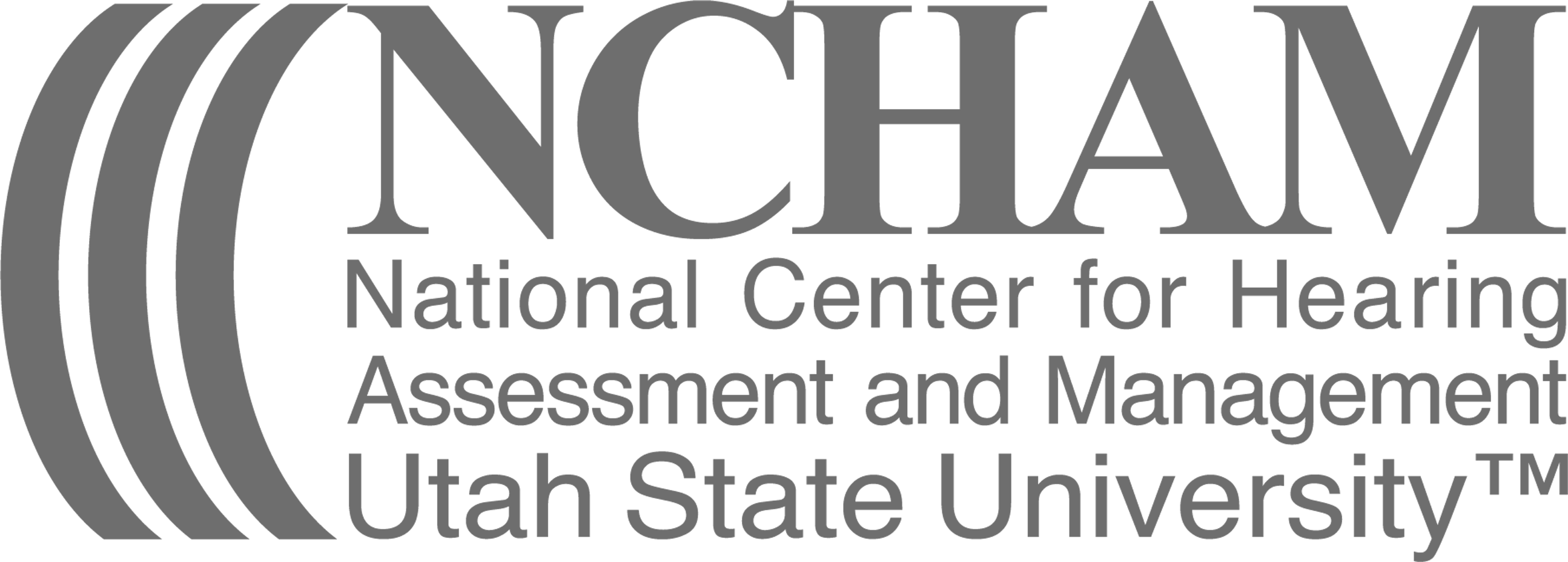About the Project
SoundCheck is a research and communications project to identify the extent of hearing loss in the United States by state and county. Hearing loss is extremely common, especially among adults, and more attention is needed on prevention and screening.
Rates of hearing loss increase exponentially starting at age 35 and 1 in 11 people aged 35-64 have bilateral hearing loss, a rate that increases to 1 in 3 among people ages 65-74. Almost 3 out of 4 people ages 75 and older have some form of bilateral hearing loss. Untreated hearing loss is a risk factor for depression, falls, and even dementia. Regular screenings are essential and are important for physical and mental wellbeing. Hearing screening can detect hearing loss in its early stages, and hearing protection can prevent hearing loss from getting worse.
This project was led by NORC at the University of Chicago in partnership with Burness, the American Speech-Language-Hearing Association (ASHA), the National Center for Hearing Assessment and Management (NCHAM), and the Johns Hopkins Cochlear Center for Hearing and Public Health.
Our Partners





Frequently Asked Questions
Project Support
This project is supported by the Centers for Disease Control and Prevention of the U.S. Department of Health and Human Services (HHS) as part of a financial assistance award totaling $971,703 with 100 percent funded by CDC/HHS. The contents are those of the author(s) and do not necessarily represent the official views of, nor an endorsement, by CDC/HHS, or the U.S. Government.